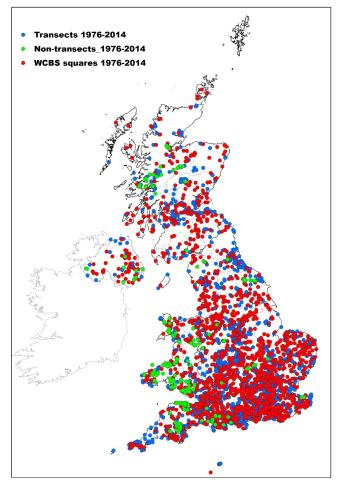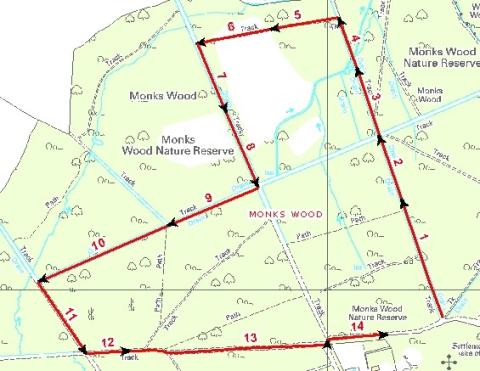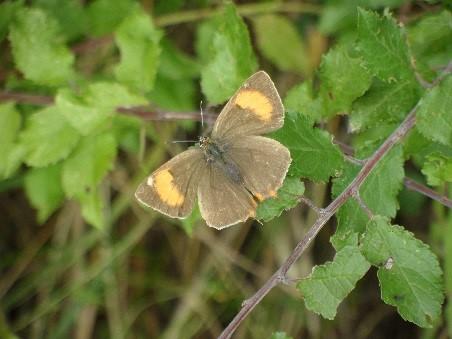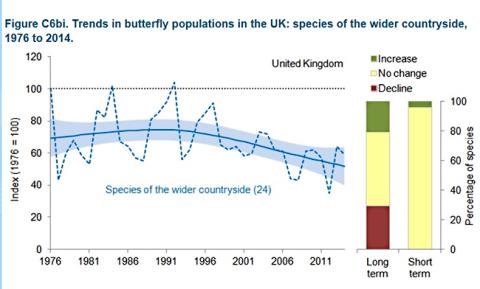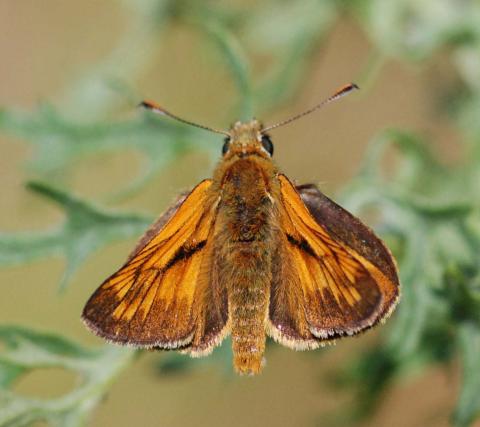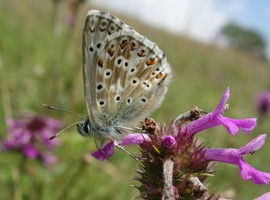
The UKBMS uses a structured survey methodology to monitor butterfly populations across the UK year-on-year. This long-term butterfly data enables us to assess the impacts of climate change, land use and the progress of policy initiatives such as the UK Biodiversity Action Plan, agri-environment schemes and site condition monitoring of Sites of Special Scientific Interest (SSSIs).
